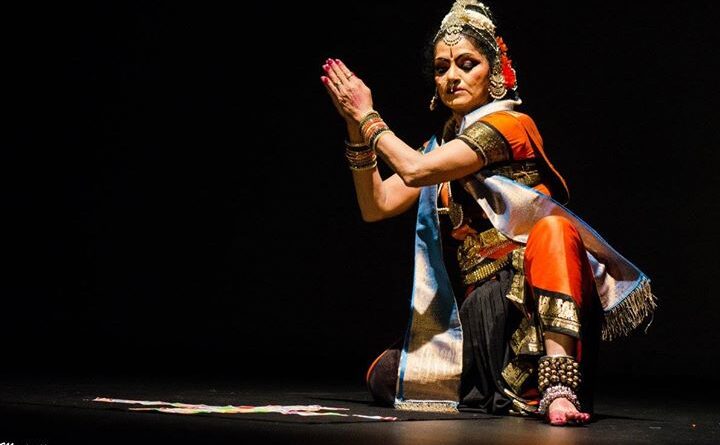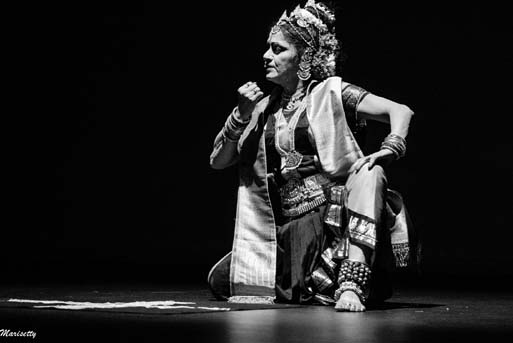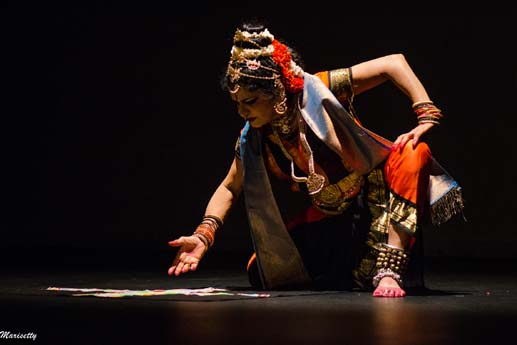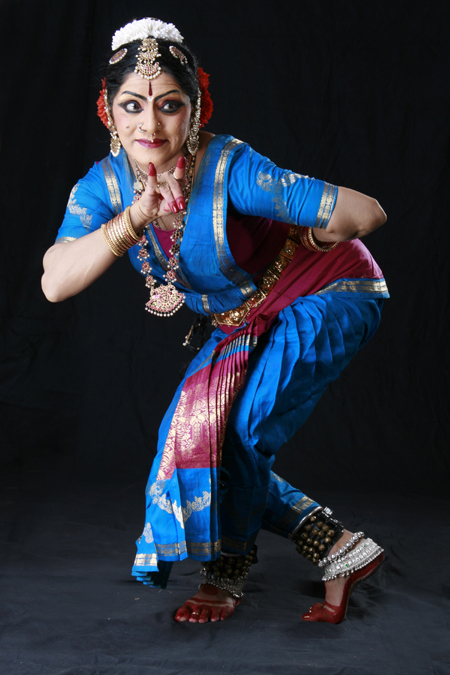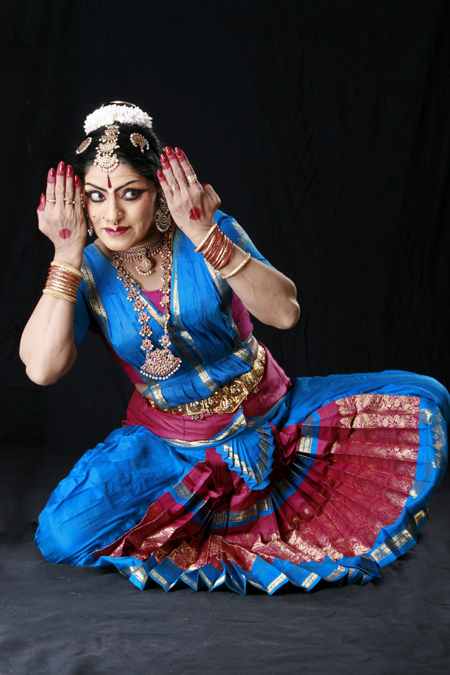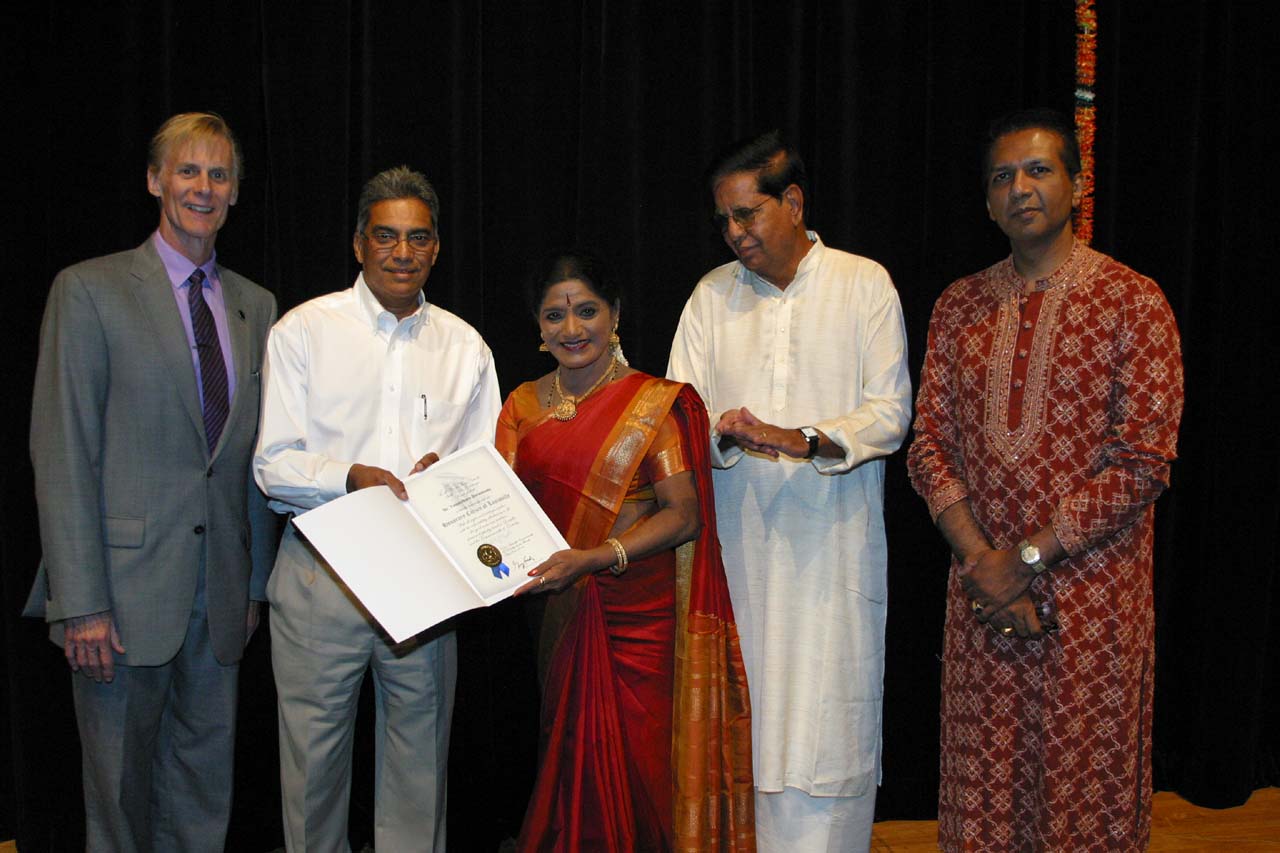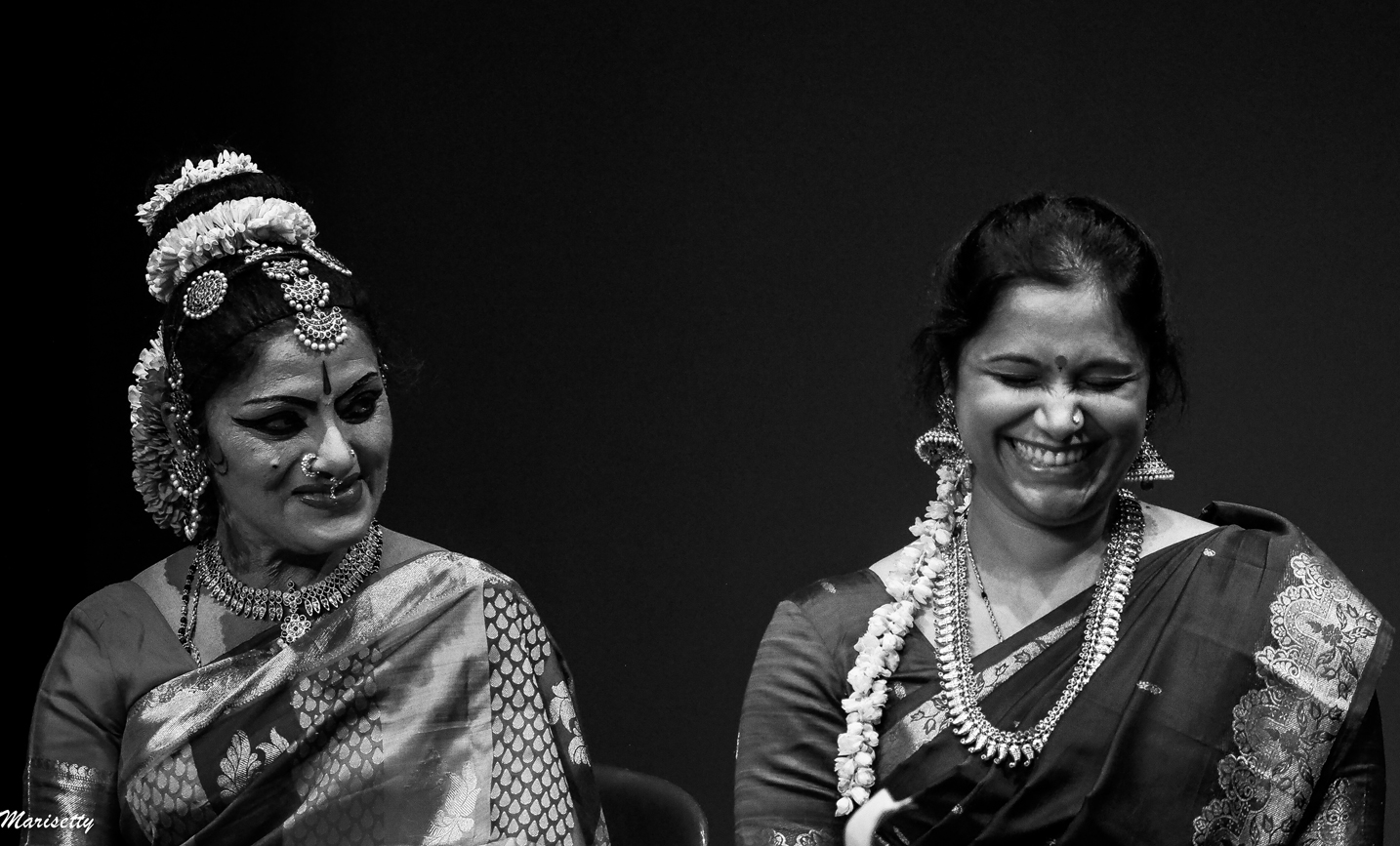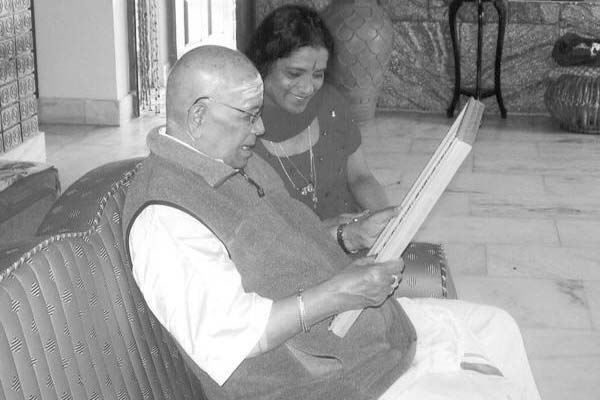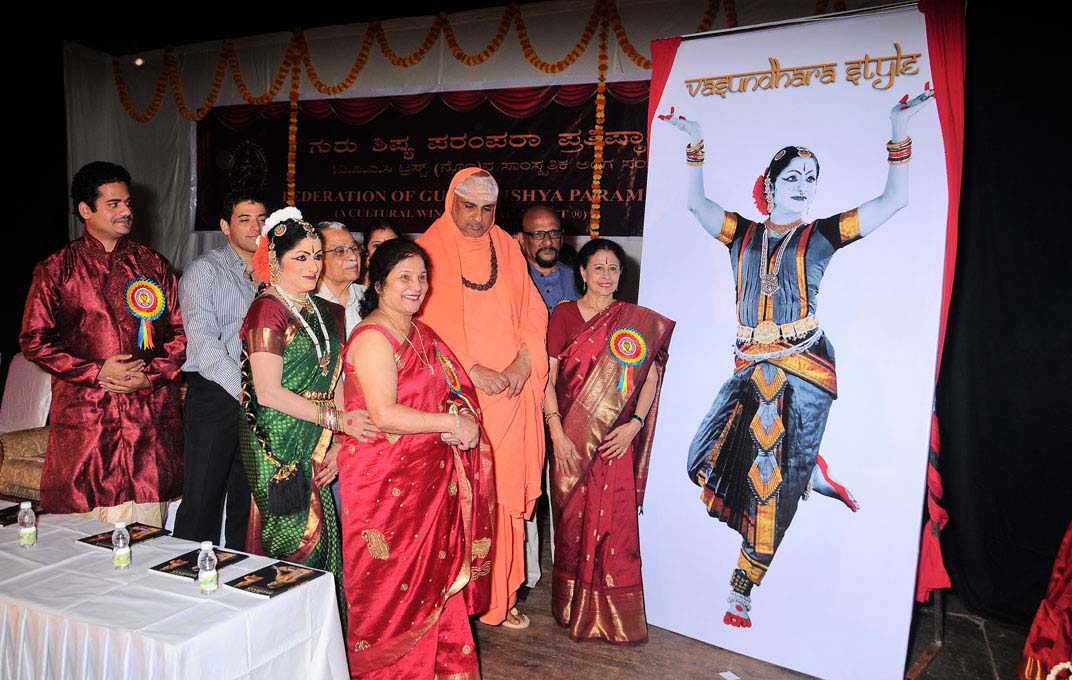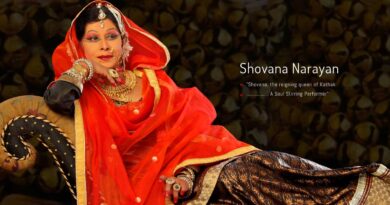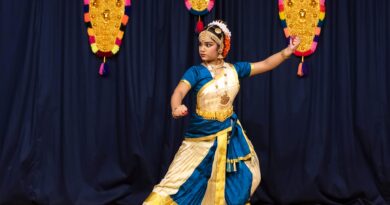Vasundhara Doraswamy: A Guru With A Unique Footprint
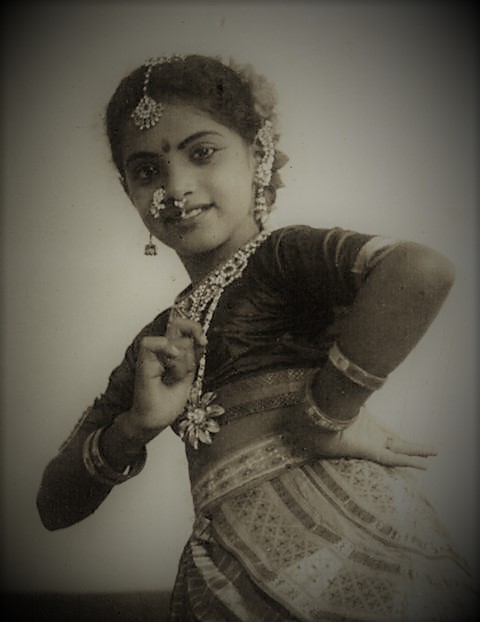
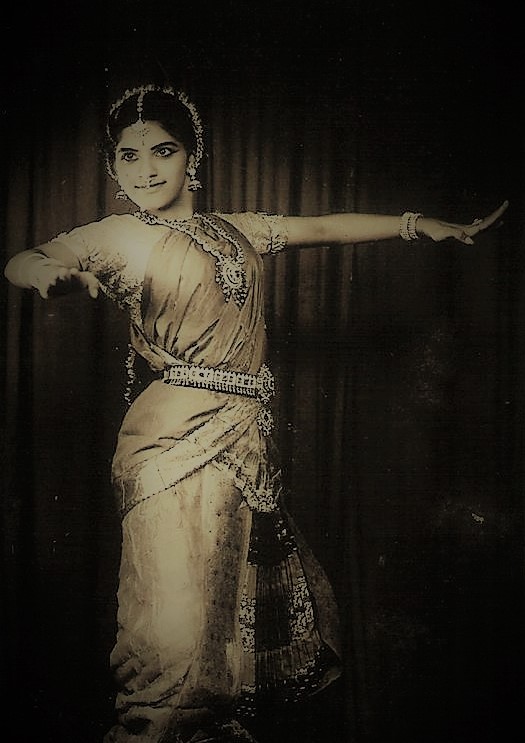
Text: Paul Nicodemus
Even at the age of sixty-nine, she performs Bharatanatyam for a straight 3 hours with utmost vigour and brilliance. Probably, no one of her age could catch up with her. Her strong footing in yoga as a practitioner and further as an exponent of martial arts inspired her to experiment with the boundaries of the classical dance of Bharatanatyam. Over the years, Guru Dr Vasundhara Doraswamy, with her experience and creativity, developed a unique footprint of her own which is being recognised as ‘Vasundhara’s Style’ or ‘Amma Style’. The close bond that she shares with her students, made them address her as their ‘Amma’.
Vasundhara Doraswamy was born on 1 November 1949 in Mangalore. She hails from Moodbidri, a town near Mangalore. She currently resides in Mysore. She started learning Kathakali at the age of 4 under Guru Muralidhar Rao. It was her parents who saw her inclination towards dance whenever some music was played. Her parents thought that a proper training might be a good idea. At the age of five, she received a gold medal in a dance competition and it gave her the impetus to pursue dance. Her performances as a young artiste received a lot of appreciation. “Looking back, the constant limelight and accolades might have played a role in choosing my career path. But I must say that I never looked back ever since I began dancing at the age of 4,” she recollects.
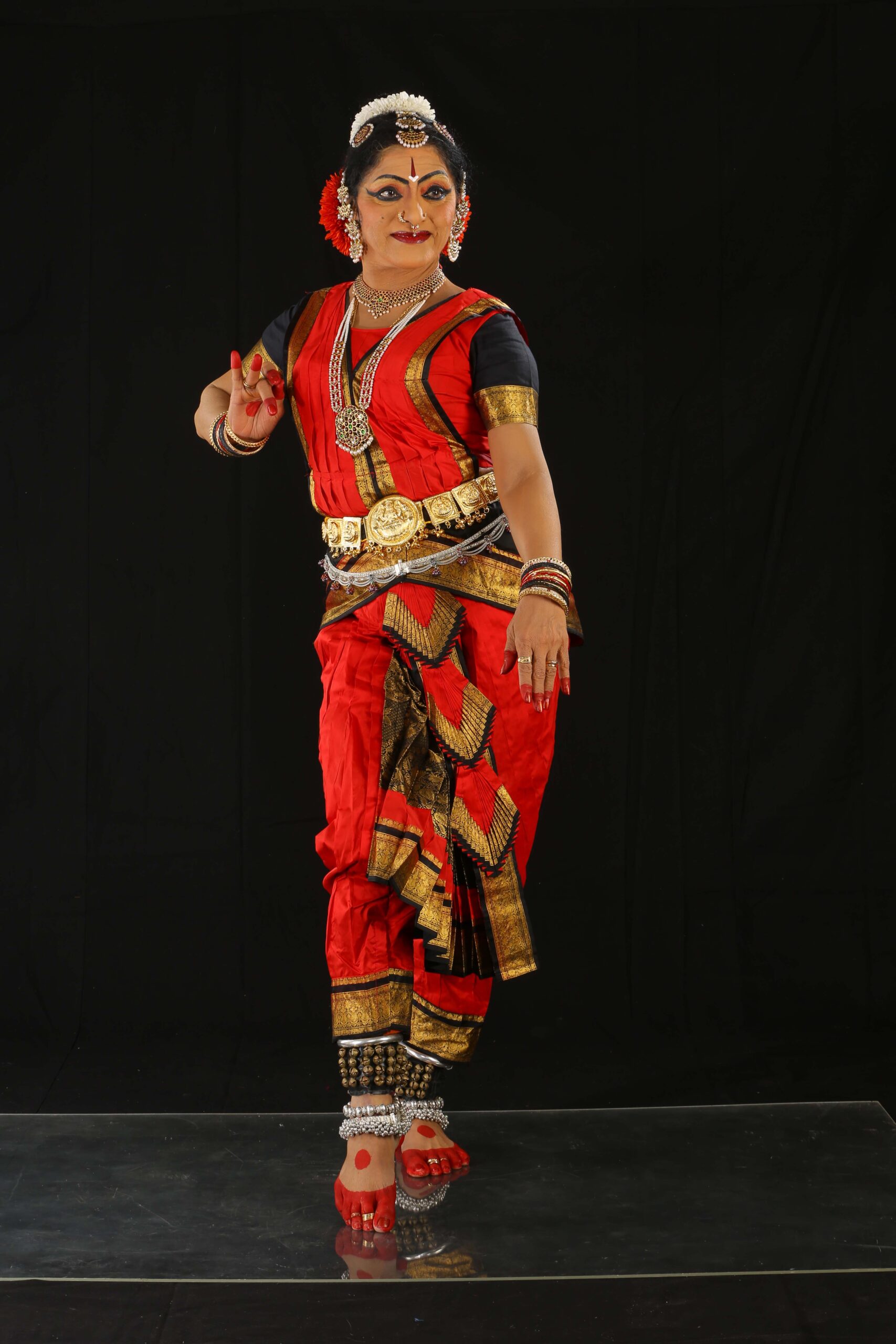
Her parents, Nagaraj and Varada Devi played a significant role in her childhood. Like most of the households of those days, she was one of the eight children with six brothers and a sister. “I was the favourite child of my father and extremely adored by my siblings who were supportive and encouraging. They did their bit to assist me in every possible way,’ she says. Her husband approached her father seeking her hand in marriage. He promised her father that he will do his part in encouraging her to pursue a career in dance. She was fortunate to have the complete support of her husband and his family who were extremely traditional in their belief system. She owes her success to the critical eyes of her husband and mother who were difficult to please than her gurus.
Initially, she started learning Kathakali under Guru Muralidhar Rao at the age of four and moved on to learn Bharatanatyam under Abhinaya Shiromani Rajarathnam Pillai at the age of eight. Both played an important role in her growth, predominantly encouraging her to push the boundaries and empowered her to explore the creativity within the traditional framework.
She always looked at things pragmatically and having been one of the earliest students of Pattabhi Jois, founder of Ashtanga Yoga. She has been blessed to understand and practically connect the two disciplines, dance and yoga, leveraging their strengths to adapt into her unique style which formed the basis of her PhD thesis. “I’ve always believed all performing arts can be positively impacted and elevated by the application of yoga, and have experienced it firsthand. Yoga adds stability and flexibility in poses and provides the required suppleness to the Nritta aspect, pranayama and the influence of breathing techniques aids in abhinaya and help control rigorous panting,” she explains. She has incorporated these elements into Vasundhara Style, a unique footprint as an offshoot of Pandanallur style.

Touching upon the significance of Bharatnatyam in the cultural fabric of India she says that not just Bharatanatyam but all the Indian Classical Dances are different from other dance forms as they are not performed for mere entertainment. “A Rasika who watches a good performance has to feel the transcendental bliss removing him from the materialistic world and taking him into the path of bhakti or spirituality as the artist becomes the medium reiterating the benefits of devotion and meditation through her/his skilful art of storytelling. Hence, the respect is given to the art and its performers,” she enlightens.
Dance has been her life and it would be hard to comprehend a life without it. Her journey as a dancer, like most other dancers, has not been a cakewalk. It is a profession where nothing is constant – be it the performances, audiences, students, supporting artists. Despite the challenges, what attracts her and keeps her going is ‘Dance’. She is who she is today because of all the years of sacrifice, dedication, devotion and surrender to the art. “I have not reached the destination yet and I know that my journey in the years to come will not be easy either. It still requires the same dedication and devotion. Dance to me is ‘Satyam Shivam Sundaram’,” she says.
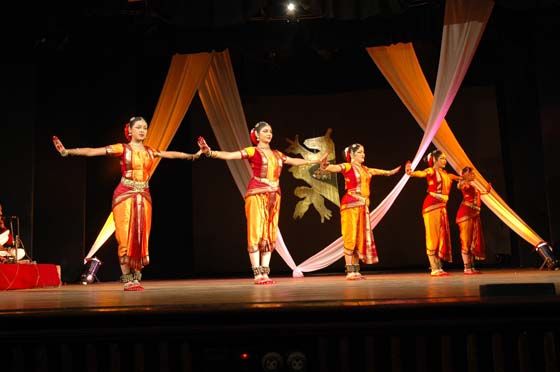
Though she never really had a role model, she was someone who taught herself to give her hundred percent, to anything that she did. She acknowledges the support of her family, especially TR Harish, managing trustee of VPAC, her son Sagar Hirasave and daughter-in-law Meghala Hirasave. Friends and well-wishers, at different stages, over the course of her journey have motivated and supported her to achieve what she believed in.
She is a multifaceted personality. She has been practising yoga for the past six decades. She was fortunate to be one of the foremost students of Guru Pattabhi Jois who treated her like his daughter. He was instrumental in guiding and supporting her journey of Yoga and Dance. She learnt martial art forms Kalaripayattu (Kerala) and Thang ta (Manipur). As dance and music go hand in hand, she enjoys good music. Her students around the globe call her ‘Amma’ and like any mother, she loves to cook and feed them.
She has been a firm believer in the saying ‘Your body is your temple’ and does her best to adhere to the philosophy. “I have a strict daily routine which commences with yoga in the morning followed by a regular dance practice or teaching sessions. I am a minimalist when it comes to my diet. It is important to note that exercise and a healthy diet play a major role in a healthy lifestyle,” she says.
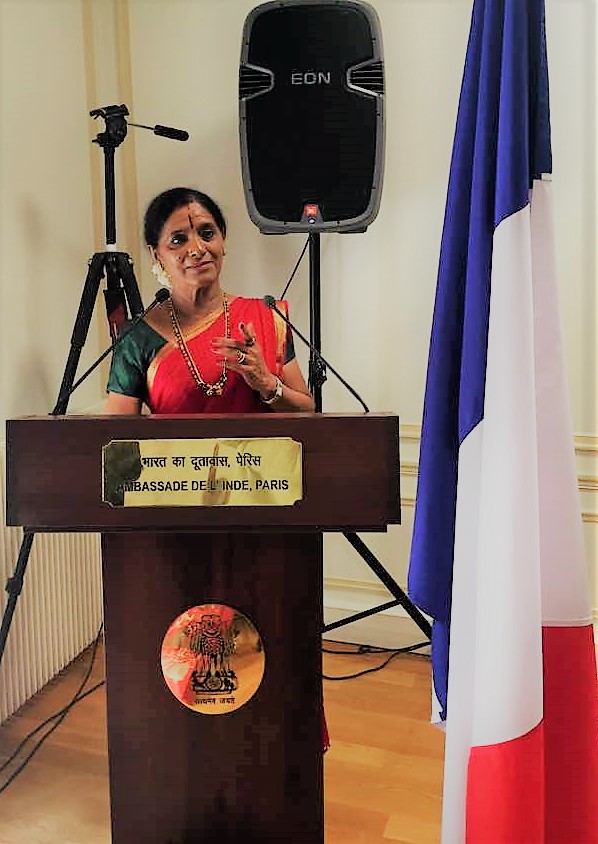
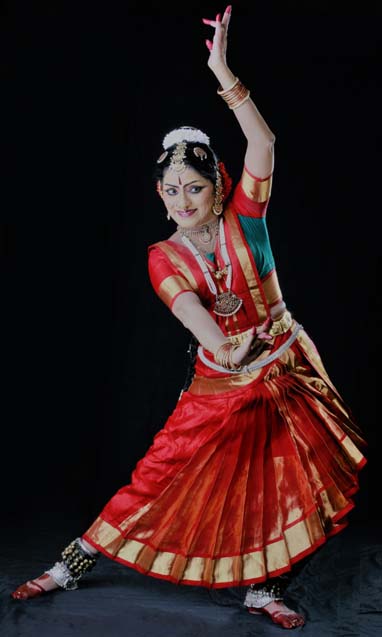
She owes her success to dance and now it is her turn to contribute to the dance and music community as much as she can and aims to impart her skills and experience to the younger generations around the globe.
There have been many challenging moments in her journey. Physically, there have been many instances when she was seriously injured, fractured and have had to perform within a tight timeline before the injuries have healed. Mentally, being a woman in the Indian society came with its set of challenges and more so over, being a female dancer from a traditional household came with even greater challenges. She had to forge through multiple stereotypes across various layers to successfully achieve her goals.
Professionally, every moment, every time, she steps onto the dance floor makes her feel alive. Her life was enriched by innumerable memories and experiences that dance gave her. The ones that stand out were the experiences in Paris. “First, as a cultural ambassador representing world peace at UNESCO in front of an entourage of global representatives in Paris. Secondly, recent Yoga and Dance presentation for International Yoga Day, again in Paris, appreciated by close to 2000 people,” she shares. On the personal front, there was nothing more rewarding for her than becoming a mother and then a grandmother.
She is an advocate for experimentation within the traditional framework. “This is the only way to enrich our art form. Learning or performing dance is no less than performing puja or prayer because of the spiritual elements. To see the benefits of our actions, the heart and soul has to show the innate bhavam of Bhakti. “If the artiste immerses himself in it then the audience will enjoy the performance better and find aesthetic beauty in it as well,” she says.
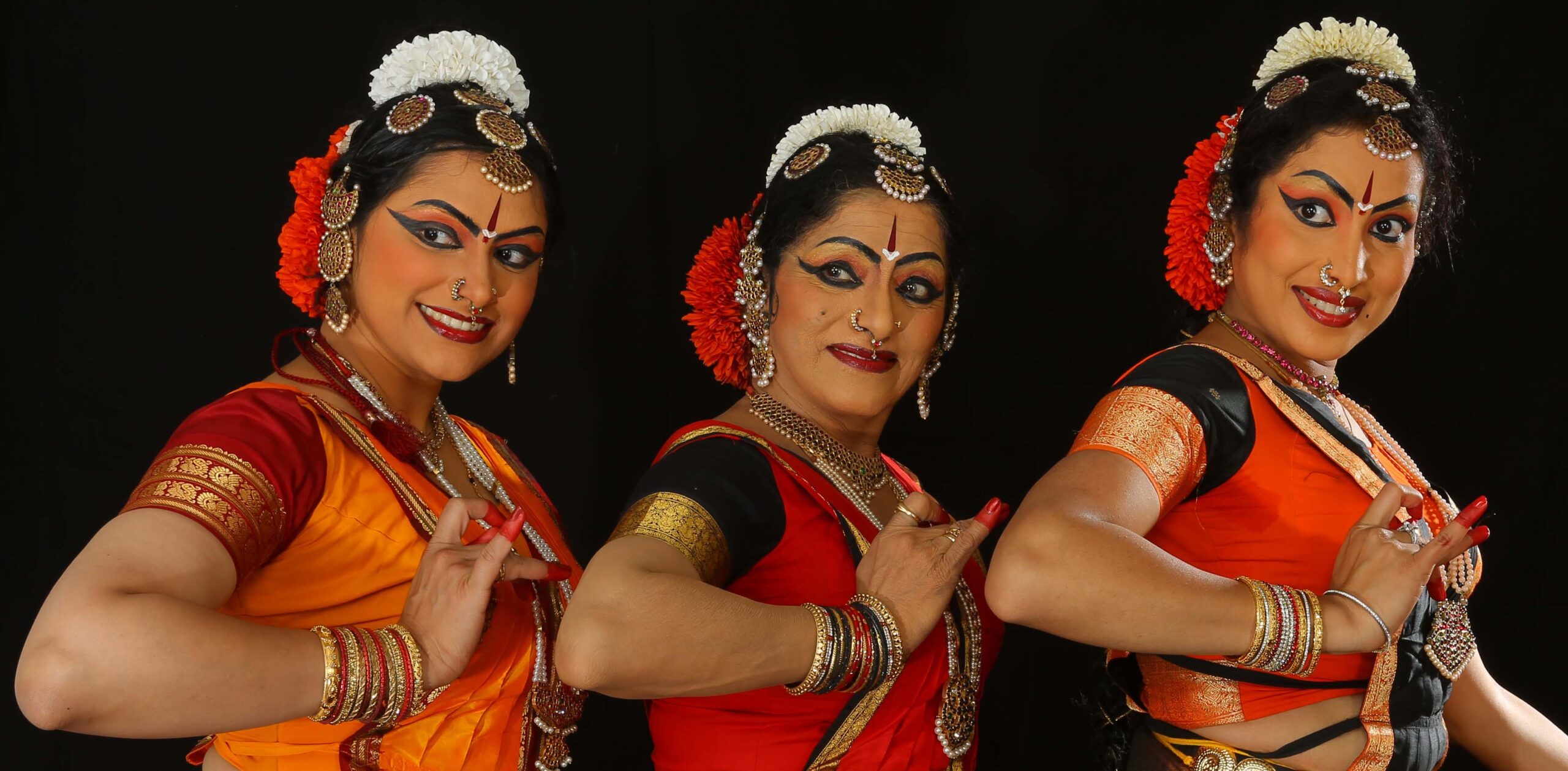
Art more than the other factors was influenced by time and society. As the saying goes, ‘Nothing but change is constant’, creative changes are bound to happen over time. “It is good that change does happen, we see new dimensions of the art form through creative intellectuals. Art should never be constant lest it becomes stagnant. But, saying so one has to be mindful to experiment and be creative within the traditional framework to ensure that the richness of the art is retained and enhanced,” she says.
She says that we have come a long way since she first started dancing. Dancing for girls from respectable families was a taboo those days but now it is considered as another feather in the cap. “I see many kids take up dance as a serious career path these days unlike a few years ago, where only career choices were to be an engineer or a doctor. Many youngsters have been choosing dance as a career” she says.
The world has become a much smaller place than earlier and information is easily accessible. Social media and networking have been helping people to connect. Now everyone could travel around performing and promoting the art form. “I feel it is a much better time to be an artist than it has ever been. However, I sincerely hope that the chosen career path is used by the current generation to add to the beauty of the art form and take it to places,” she hopes.
From time immemorial, fine arts have played a major role in influencing the society. Dance is no different and can still be used as a medium of communication to relay strong messages relevant to the current times. “Definitely, we as dancers have a certain social and moral responsibility. As a senior member of the dance fraternity, I feel I have an obligation to influence the society at large,” she opines. She has presented several solo productions highlighting strong female characters from Indian mythology to assist in reshaping the cultural stereotypes towards women whereby working towards a progressive India.
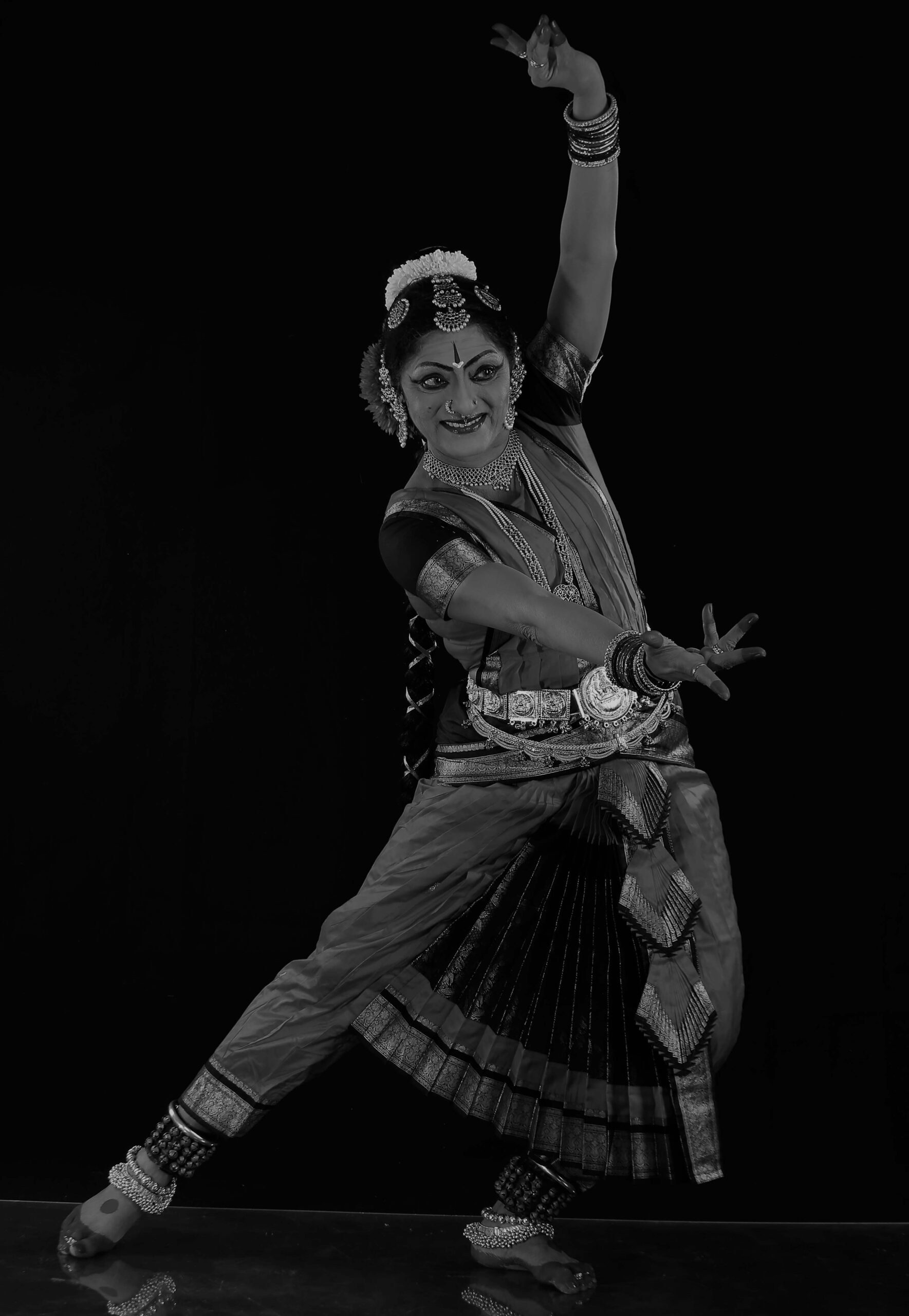
She has been lucky to work on multiple projects involving disabled children with special needs. Her presentation of various choreographies helped boost their self-confidence and cognitive skills. Working closely with the physically and mentally challenged has been a rewarding experience for her. She has also depicted strong environmental themes in her past productions.
She received multiple awards including Karnataka Kala Thilaka, Natya Rani Shanthala, Rajyotsava, Chandana Award, Shringara Mani, Shreshta Kala Pracharak, Natya Mayuri, Nritya Yogini, Kala Vipanchi, Lifetime Achievement Award in Kentucky, USA and Melbourne, Australia. She also received an Honorary Citizen of Louisville award presented by the Mayor of Louisville, Kentucky in recognition of her services to the field of dance in the USA. She says her greatest award has been the opportunity to dance.
She feels content to have done her best through her performing art centres and National festivals. Over the last 32 years, she has organised four major national festivals, Parangatotsava, Pallavotsava, Natarajotsava and Chiguru Sanje in Mysore and presented more than ten thousand artists. As an artiste, she set a precedent for the younger generation by conducting festivals to promote art and other artistes.
He says that it is the greatest privilege to be able to represent the nation abroad and be a cultural ambassador. For her, there is nothing more endearing and fulfilling than playing the role annually 4-5 months in a year, teaching the traditional art forms, values and customs. “I have been a visiting guest professor at Alabama University presenting lectures on various topics of Yoga and teaching mechanisms to cope with day to day stress. I’ve been training students around the globe in our classical art form of Bharatanatyam and Yoga for the past 15 years,” she says.
She has successfully presented a number of students in their debut performances while helping those of Indian origin connect with their roots. She needs to be appreciated for exposing the richness of Indian culture and tradition to the western world. “No award or recognition can come closer to the love and affection that is bestowed upon me from every nook and corner of the world. It makes my life feel worthwhile,” she concludes.

